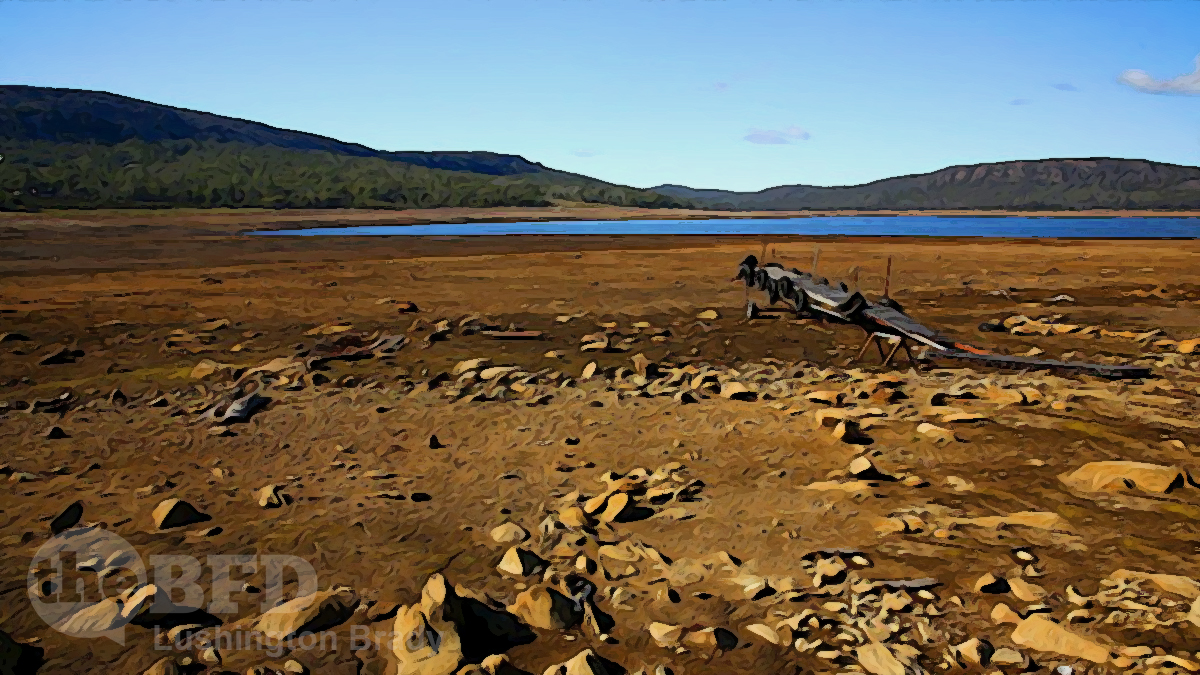OPINION
Seven years ago, Tasmania faced an energy and environmental crisis. Now, another one is looming.
In 2016, the state’s network of dams dropped to precipitously low levels. The reason was two-fold: an unusually dry winter meant that the dams were less full than usual; but coupled to that was the Gillard government’s carbon tax, which meant that Hydro Tasmania could reap a massive windfall by exporting renewable energy to the Mainland via the Basslink cable. Which they did, all summer.
When the expected rain failed to re-fill the dams, normally Tasmania would import the shortfall via Basslink. But the cable broke down, as it often does – and Tasmania was left high, and literally dry.
In 2023, the island state promoted as the “Battery of the Nation” faces energy woes again. Only this time, it’s running the other way.
Tasmania – which had promised to be the renewable energy “Battery of the Nation” – is instead facing its own energy supply crisis.
The proposed Marinus Link, which was to spark an on-island renewables boom to power Victoria and beyond, was on Wednesday confirmed to have blown out beyond the state’s debt-financing capability.
Not that Tassie would have the spare power to export, anyway.
With the promised suite of new wind farms yet to materialise, major Tasmanian factories are being told there is no further power available for upgrades and expansions […]
Tasmania’s Economic Regulator’s latest market watch report revealed no extra energy would be available before the third quarter of 2024, a situation described as overly optimistic by industry.
The root of the issue is the decision to break up “the hydro”, as Tasmanians used to call it, into an energy retailer (Aurora Energy) and a ‘clean energy business’ power trading company.
Sources in the manufacturing sector told The Australian the problem was not confined to Norske Skog and followed the effective transformation of Hydro from an energy supply utility into a power trading company.
Tasmanian Chamber of Commerce and Industry chief executive Michael Bailey said the state was in “another energy crisis”.
Another issue is that Tasmania has become a victim of its own economic success. The state has been the country’s best performing economy 11 times in the last three years, according to the Commonwealth Bank’s “State of the States” report.
But booming economies need energy. Lots of it.
“We have businesses asking the government for more power to expand and create more jobs, yet today we’ve heard that the government is turning them away because we simply do not have enough generation to meet demand,” Mr Bailey said. “If that’s not the definition of a crisis, then what is? Even the Economic Regulator has said … there is no ‘head room’ in the Tasmanian grid, which confirms the business community’s worst fears.
“If the government doesn’t commit to Marinus Link, the result will be a recession, increasing power prices and an increasingly unreliable grid.”
The problem is that Marinus is fast turning out to be a total lemon.
Some in the business and energy sectors believe Marinus, thought to have blown out from $3.1bn to $5.5bn, is unviable and would simply export expanded renewable power – and jobs – to Victoria. They believe the government put “all its eggs in the Marinus basket”. With the project stalled, there was no ‘plan B’ to expand on-island generation.
While a large number of major wind farms are proposed for the state, most are linked to Marinus.
The Australian
In other words, Tassie would see no gain, for a whole lot of cost-blowout pain.
No wonder Peter Gutwein bailed as premier and left Jeremy Rockliff to carry the can to the next election.

